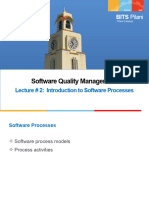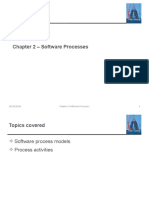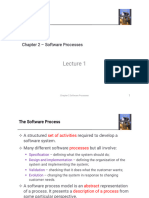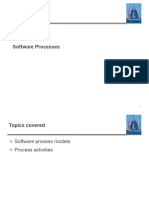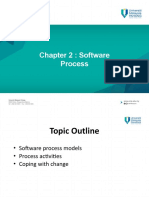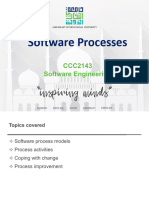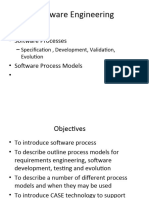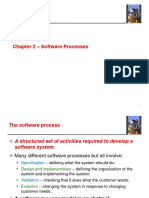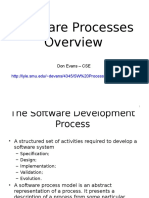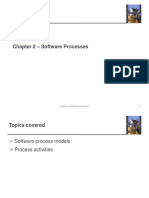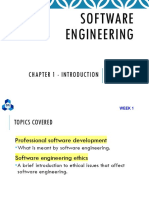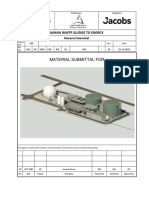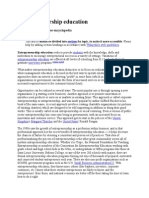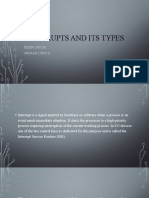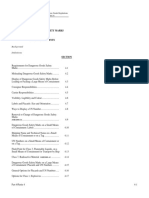0% found this document useful (0 votes)
64 views35 pagesSoftware Process Models Guide
This document provides an overview of software processes and process models. It discusses the key activities in software development processes, including specification, design and implementation, validation, and evolution. It also covers common process models like waterfall, incremental development, and integration and configuration. The document outlines some techniques for coping with change, such as prototyping and incremental delivery. Finally, it discusses process improvement through measurement and defining new processes.
Uploaded by
Hồ Văn HoàCopyright
© © All Rights Reserved
We take content rights seriously. If you suspect this is your content, claim it here.
Available Formats
Download as PDF, TXT or read online on Scribd
0% found this document useful (0 votes)
64 views35 pagesSoftware Process Models Guide
This document provides an overview of software processes and process models. It discusses the key activities in software development processes, including specification, design and implementation, validation, and evolution. It also covers common process models like waterfall, incremental development, and integration and configuration. The document outlines some techniques for coping with change, such as prototyping and incremental delivery. Finally, it discusses process improvement through measurement and defining new processes.
Uploaded by
Hồ Văn HoàCopyright
© © All Rights Reserved
We take content rights seriously. If you suspect this is your content, claim it here.
Available Formats
Download as PDF, TXT or read online on Scribd
/ 35



